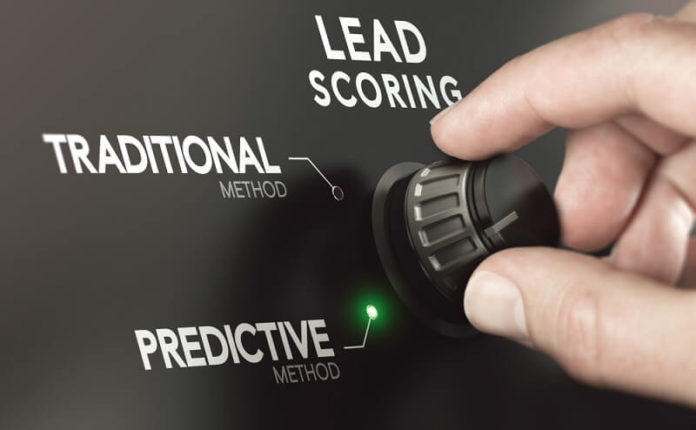In life, we constantly rate things. Probably more than we realize. As we do not have infinite time and energy to do everything with equal attention and effort, we simply have to determine what has more or less projected value for us in particular circumstances. In the case of sales, this necessity of ranking is attended to by lead scoring. This is the process by which leads are analyzed and assigned numerical values based on how much potential of future value for the seller is seen in their qualities and behavior.
Measuring the potential
Classical measurement theory says that measuring is assigning numerical values according to rules. In other words, we measure and rank things by, firstly, defining a rule or a set of criteria that determine their numerical values. Otherwise, deciding what is higher or lower, bigger or smaller, more or less valuable would be just a random process without any rationality.
When we run a business, we want to minimize randomness as much as possible. To be able to plan and produce results we need to have everything we can in control. When it comes to sales, one way of reducing randomness is by scoring leads.
When salespeople are presented with leads without any additional information it is as though all leads are equally good. But we know that this is not the case. Some leads are better, that is have more potential of making deals with the company or making better deals. This has to be reflected somehow.
And this is what lead scoring does. It is the process of measuring the potential of the leads and reflecting in by scores and ranking. Let us look at how exactly it could be done.
The steps of lead scoring
There are many ways to create a workable lead scoring model. And the one you need will depend on the particulars of your situation. However, many scoring models will have some essential steps. Here is how the process of scoring leads might go.
Step 1: Identifying the buyer personas. For every product or service, a certain type of person might be imagined that would be likely to buy it. This is our buyer persona or ideal customer profile. As this is a sort of ideal type, it does not matter if there really is such a person that would have all the features of an ideal customer. What matters is that we have an ideal against which all our leads can be measured, to determine how close they are to our imagined buyer and thus how likely they are to actually buy. This buyer profile can be defined by looking at the data on existing clients and market tendencies regarding similar products.
Step 2: Defining and classifying the data to be scored. Based on the ideal buyer you can now define what information about leads will be scored. The standard way of classifying data is into two groups, one of which, generally speaking, consists of features and the other of actions of the lead. Features would involve such data as age, job title, and company size. Anything pertaining to what the potential buyer is as a person or a company. Data on activities would be such as e-mail interactions, content downloads, and social media activity. Or any other move that the lead makes, which shows the potential interest in what you have to offer.
Step 3: Assigning scores for each feature or activity. This means deciding how many points to give or take away from the leads based on the data. A certain number of points should be given for following your brand on social media, for belonging to the same age group as your typical buyers or by having the job title that is shared by many of your past buyers. Also, you could take away points from leads for unfollowing you or showing other signs of loss of interest. How many points exactly to give for which quality or action depends on your particular situation and should be determined by the marketing team working in cooperation with the sales team.
Step 4: Setting the threshold to be reached. Finally, it should be decided which number of points a lead needs to reach to be deemed sales qualified. When this number is reached, it is reasonable to believe that the lead would convert into the customer, so an offer can be made.
The matter of efficiency
The general steps provided above may be altered for specific needs. What matters is to make the model as efficient, as possible, as efficiency is the whole point of lead scoring.
For that, it is also advisable to make use of the available data gathering and analyzing tools. The more leads you have, the more data on them, and the faster it can be processed, the more value your lead scoring model can bring to the company.
Tom Wilson is a content editor and data enthusiast. When his nose isn’t buried in the latest sci-fi novel, you can find him spending time with his family, or in the kitchen cooking up a storm.
Lead scoring stock photo by Olivier Le Moal/Shutterstock







